Increased Focus on Safety and Security
Safety and security concerns are paramount in the tunnel sensor market, particularly in urban areas. The rise in traffic congestion and the potential for accidents necessitate the implementation of advanced monitoring systems. Tunnel sensors play a critical role in detecting hazardous conditions, such as gas leaks or structural failures, thereby enhancing public safety. Regulatory bodies are increasingly mandating the installation of such systems in new tunnel projects, which is likely to propel market growth. The market is projected to expand by 10% annually as municipalities prioritize safety measures in their infrastructure planning.
Environmental Monitoring and Compliance
The tunnel sensor market is also driven by the need for environmental monitoring and compliance with regulations. As environmental concerns gain prominence, there is a growing demand for sensors that can monitor air quality, noise levels, and other environmental parameters within tunnels. The Environmental Protection Agency (EPA) has set stringent guidelines for air quality, which necessitates the use of advanced sensor technologies to ensure compliance. This trend is expected to boost the market, with an anticipated growth rate of 12% over the next few years as more projects incorporate environmental monitoring systems.
Rising Demand for Smart City Initiatives
The push towards smart city initiatives is significantly impacting the tunnel sensor market. As cities strive to enhance urban mobility and reduce congestion, the integration of smart technologies in tunnel systems becomes essential. Tunnel sensors facilitate the collection of data that can be used to optimize traffic flow and improve overall transportation efficiency. The US government is increasingly supporting smart city projects, which is likely to drive investment in tunnel sensor technologies. The market could see a growth rate of around 9% as municipalities adopt these technologies to create more efficient urban environments.
Growing Infrastructure Development Projects
The tunnel sensor market is significantly influenced by the ongoing infrastructure development projects across the US. With the government investing heavily in transportation and urban development, the need for efficient monitoring systems in tunnels is paramount. The Federal Highway Administration has allocated billions of dollars for infrastructure improvements, which includes the construction and maintenance of tunnels. This investment is likely to drive the demand for advanced sensor technologies that can monitor structural integrity and environmental conditions. As a result, the market is expected to witness substantial growth, with an estimated increase in market size by 15% by 2030.
Technological Advancements in Sensor Technology
The tunnel sensor market is experiencing a surge due to rapid advancements in sensor technology. Innovations such as IoT-enabled sensors and advanced data analytics are enhancing the capabilities of tunnel monitoring systems. These technologies allow for real-time data collection and analysis, which is crucial for ensuring safety and operational efficiency in tunnels. The integration of machine learning algorithms into sensor systems is also becoming prevalent, enabling predictive maintenance and reducing downtime. As a result, the market is projected to grow at a CAGR of approximately 8% over the next five years, driven by the increasing demand for smart infrastructure solutions in the US.

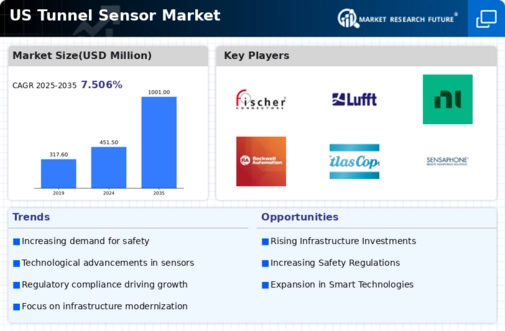
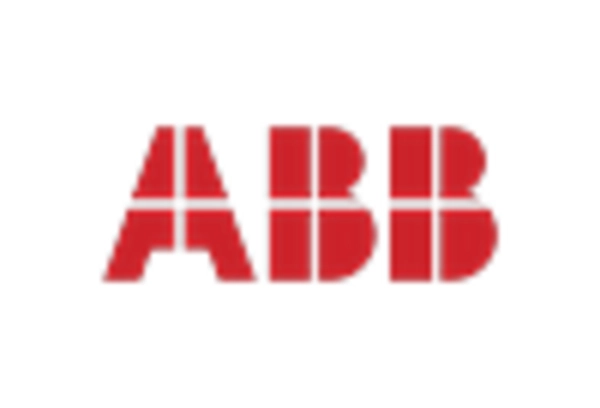
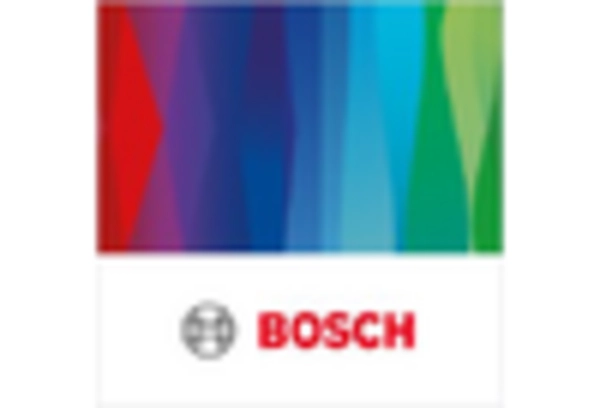
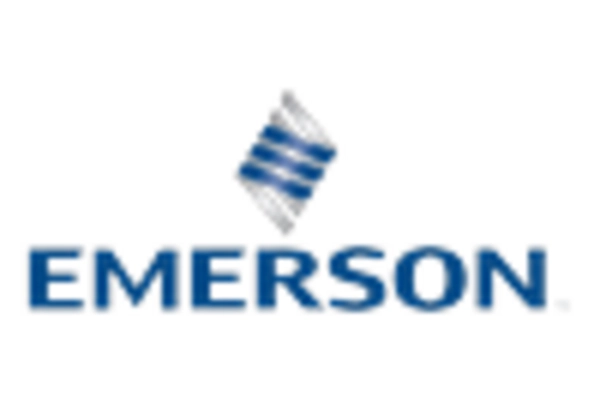

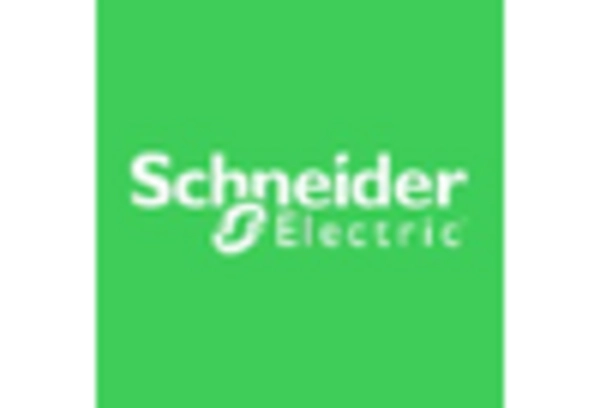









Leave a Comment